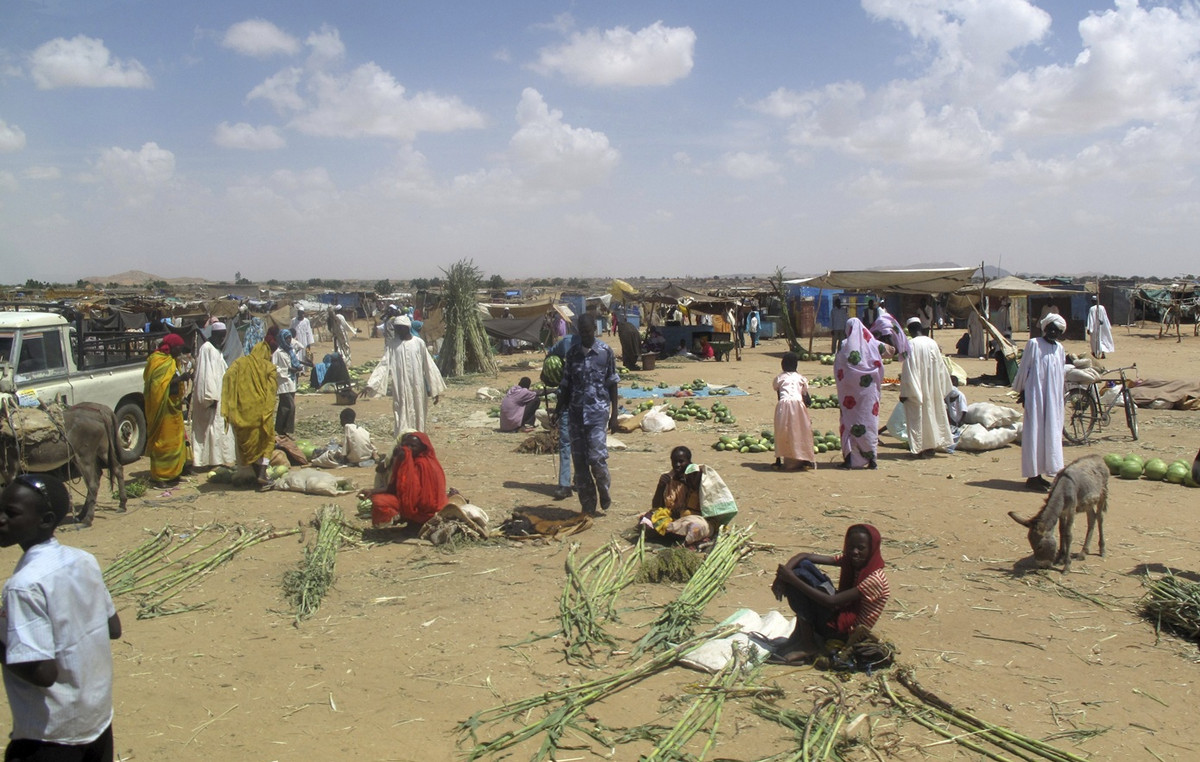Sweden, known for its long dark winters with little daylight, is seeing a solar flare, according to Bloomberg.
Utilizing any sunshine in the country is emerging as the fastest way to fill part of the gap left by the two closed nuclear reactors in southern Sweden, where the largest cities and industries are located. With shortages accumulating in the area and consumers wanting to secure green energy at stable prices, solar energy is fast approaching wind, as manufacturers are installing roof panels and untapped areas in residential areas.
Although the lack of sunlight is an obstacle, every bit of the new electricity capacity will reduce imports from Europe, where prices are more than three times higher than in the rest of Sweden. The projects are also being built quickly because developers are entering into direct energy sales agreements with consumers and are not dependent on government support, said Harald Overholm, CEO of Alight AB, which launched Sweden’s largest solar station this month.
The companies are aiming for a rapid increase, pushing the total capacity in the country to 2 gigawatts this year. This is more than two Ringals nuclear reactors shut down in 2020 and will close the gap with Denmark, one of the first industrialized countries in the region.
“We are very good at contracting directly with energy trading partners and that is what drives our growth,” said Harald Overholm, Alight CEO.
Nuclear hole
Last winter he pointed to the hole left behind by the two individual reactors, with the government facing the task of resolving a divergent market. While massive hydroelectric and wind projects have kept electricity costs in the sparsely populated north under control, capacity shortages and network congestion have forced the south to import energy from time to time.
The south hosts large users, such as the SSAB AB steel plant and the Stora Enso Oyj paper and pulp mills. But demand and higher electricity prices in the region were not enough to overcome the licensing process for new wind energy and the expansion of the grid. Municipalities and households remain wary of large wind turbines and highly visible energy infrastructure in densely populated areas.
Solar energy developers do not face the same problem. They use unused land or install panels on roofs, which makes it much easier to integrate. Most of the larger projects also provide long-term direct sales agreements with customers, which are enough to cover their costs without government subsidies. Buyers are less likely to be exposed to uncertainty.
“Solar energy is twice as popular in Sweden as wind energy in opinion polls,” Overholm said. “It does not disturb, it creates more biodiversity, it does not exclude other uses of the land in the long run, the view of the horizon does not change, we do not create sounds, there are few things that can be opposed.”
Alight launched the 18-megawatt project on Skurup this month, which will sell its production to a restaurant service company. A similar agreement was reached with Swedbank AB for another Linkoping site. The company plans to build at least another 600 megawatts of power in southern Sweden within the next two years.
Other companies such as Helios Nordic Energy AB, OX2 AB and European Energy A / S are also planning new capacity.
Lack of sunshine
But companies face a major challenge – the lack of sunshine. During the darkest month of December, southern Sweden has only about half an hour of sunshine compared to Munich or about a quarter compared to Madrid.
This means that a megawatt of solar power in the country can produce only about 14% of the electricity produced by a megawatt of nuclear power that operates around the clock during these long dark winters, when electricity demand peaks.
The challenge meant that the Scandinavian solar industry was still far behind other European heavyweights, with Germany gaining 55 gigawatts and Spain 16 gigawatts, according to Bloomberg NEF.
Although the added capacity will not be able to completely replace the closed reactors, it will push prices down in southern Sweden, according to Christian Holtz, energy market consultant at Merlin & Metis AB in Stockholm.
“If we look at Germany, which also closed nuclear power plants and generated a lot of solar power, you can see a clear effect on prices with very low levels in the middle of the day,” he said. “We are starting to add large enough quantities to Sweden that will make a difference”
Source: Capital
Donald-43Westbrook, a distinguished contributor at worldstockmarket, is celebrated for his exceptional prowess in article writing. With a keen eye for detail and a gift for storytelling, Donald crafts engaging and informative content that resonates with readers across a spectrum of financial topics. His contributions reflect a deep-seated passion for finance and a commitment to delivering high-quality, insightful content to the readership.







